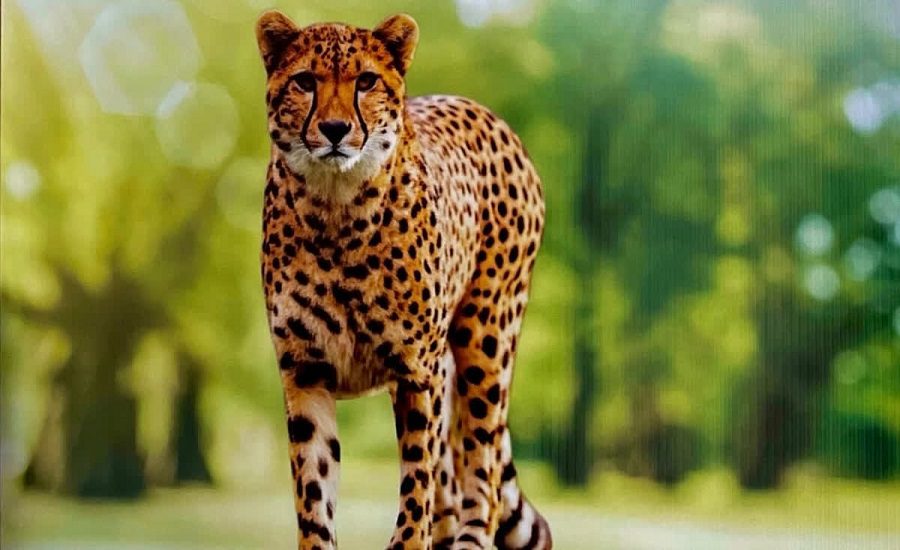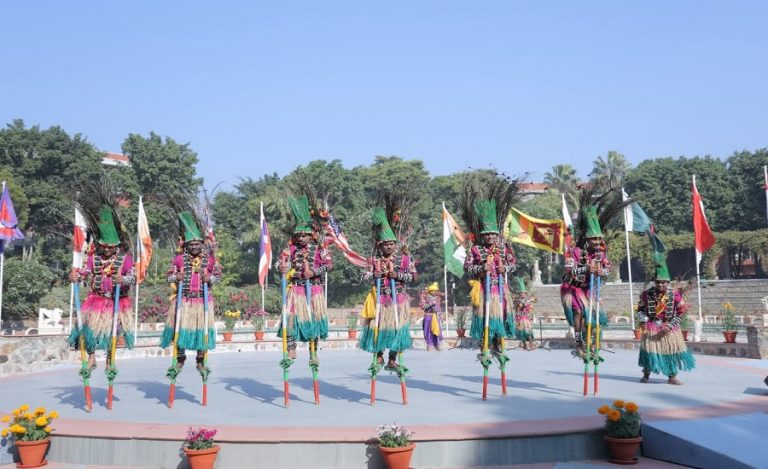New Delhi: In a major conservation move, the Project Cheetah aims to bring eight tiger from Botswana to India by the third week of December 2025. The announcement was made by Bhupendra Yadav, Union Minister of Environment, Forest & Climate Change, signalling a fresh phase in India’s cheetah revival mission. The species, extinct in India since 1952, is being reintroduced in wild habitat – and this upcoming batch underscores both the promise and the challenges ahead.
Background of the Project Cheetah
The cheetah once roamed large parts of India, but by 1952, populations had disappeared within Indian territory. In response, the Government of India launched Project Cheetah in 2022 — the world’s first intercontinental large carnivore translocation initiative — bringing African cheetahs into Indian reserves. Earlier batches came from Namibia (September 2022) and South Africa (February 2023), and currently India houses about 27 cheetahs, including 16 born locally.
The upcoming Botswana batch is being seen as a further step to diversify the genetics of the reintroduced cheetahs, expand the range beyond one release site, and strengthen the long-term viability of the population.
Details of the Botswana Batch
India has formalised a deal with Botswana for this next batch of eight cheetahs, announced by the minister.
The cheetahs are already under quarantine in Botswana and will be flown to India. On arrival in India (expected third week of December), they will undergo another 2-3 months of quarantine at Kuno National Park (also known as Kuno-Palpur) in Madhya Pradesh before being formally released into the wild.
Authorities have identified additional potential release sites beyond Kuno, including Gandhi Sagar Wildlife Sanctuary and Nauradehi Wildlife Sanctuary in Madhya Pradesh, and even the Banni grasslands in Gujarat.
Importance of Project Cheetah
Genetic diversity & population strengthening – Bringing cheetahs from Botswana adds fresh genetic stock, helping avoid inbreeding and supporting a healthy, self-sustaining population.
Broadening habitat base – With additional release sites being prepared, cheetahs will no longer be concentrated in one park only, reducing risks of site-specific threats.
Ecosystem restoration – Cheetahs are apex predators of grassland ecosystems; their successful reintroduction can signal the revival of degraded grasslands, balance prey-predator dynamics and enhance eco-tourism prospects.
International cooperation – The move reflects India’s growing involvement in global wildlife conservation and sets precedent for trans-continental species restoration efforts.
Challenges and Criticisms of Project Cheetah
Not all is smooth. Wildlife experts have raised red flags:
- Several imported cheetahs and cubs have died: nine adult imports and ten Indian-born cubs lost so far.
- A senior officer from the National Tiger Conservation Authority warned that “it seems the government has not learned a crucial lesson from past experiences”. The concern: cheetahs transferred between southern and northern hemispheres can face disruptions to their biological clocks due to climatic differences.
- Suitable habitat, prey base, human-wildlife conflict, disease, and climate adaptation remain persistent concerns.
- Ensuring long-term survival (not just initial release) requires constant monitoring, scientific rigor and resource commitment.
What’s Next – Key Takeaways
- Arrival expected: mid-December 2025.
- Quarantine phase: 2-3 months at Kuno prior to full release.
- Expansion of release sites beyond Kuno to avoid over-dependence on a single park.
- Monitoring outcomes of this batch will be critical in deciding scalability.
- Stakeholders will watch closely whether cheetahs adapt, breed successfully and survive in Indian habitats — making this next phase a litmus test for the entire mission.



























